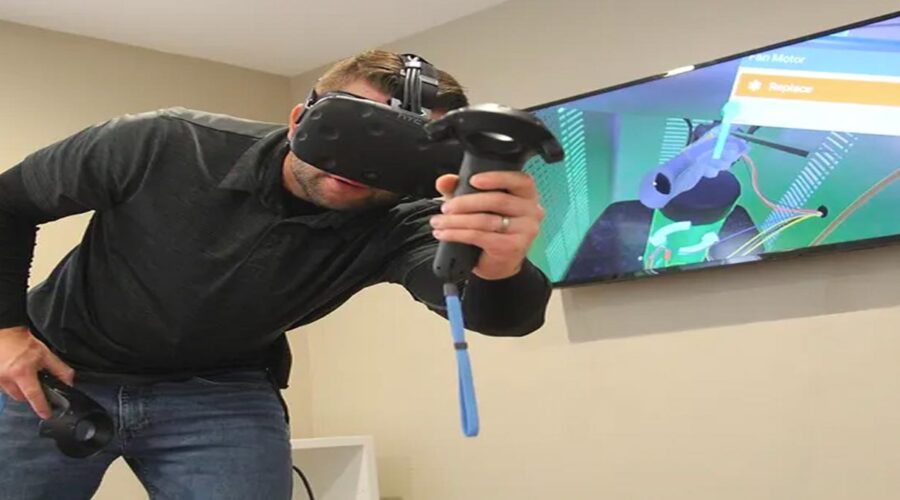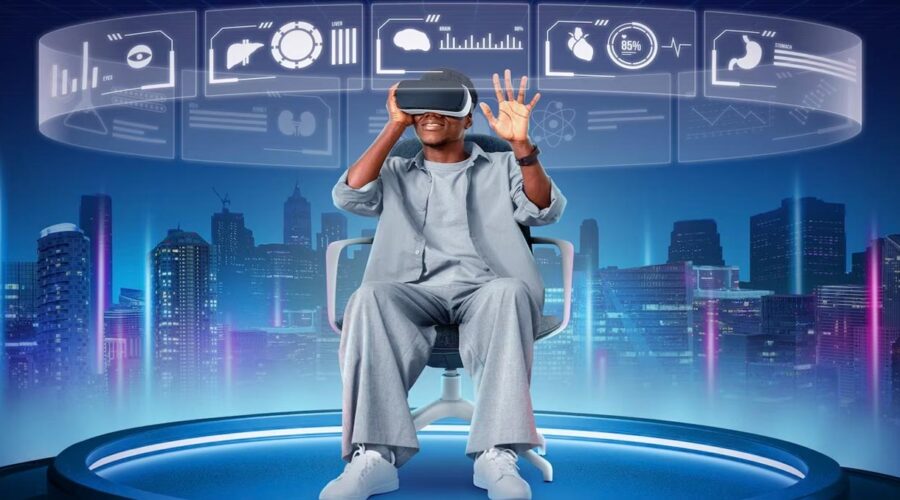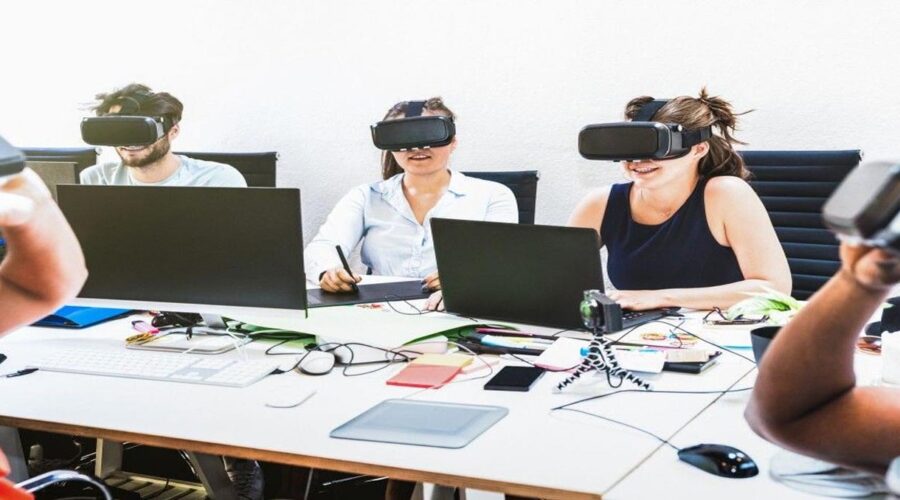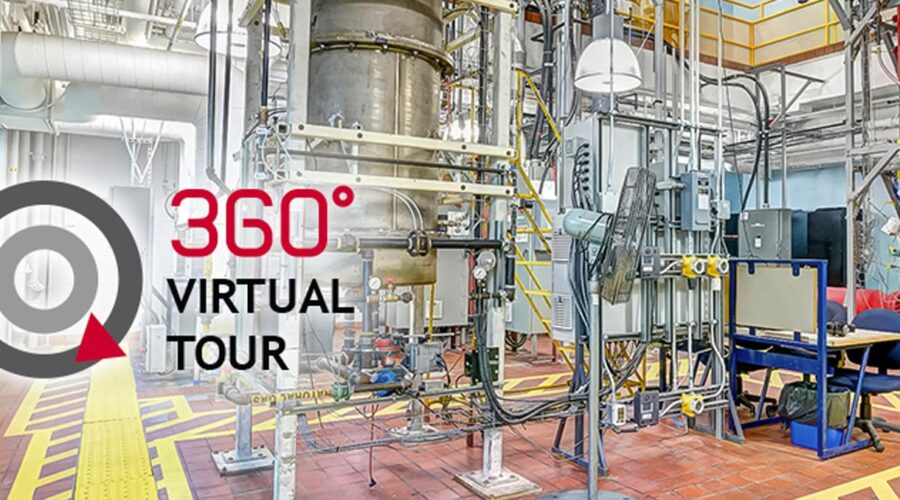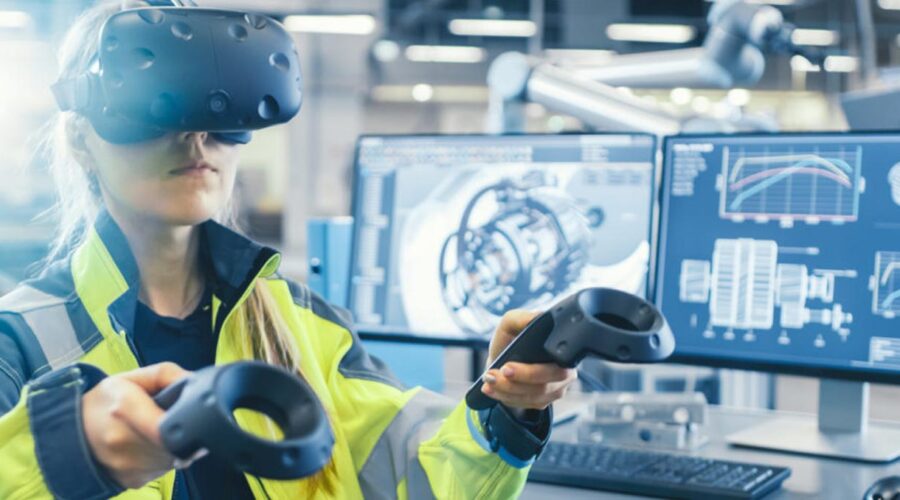How to Use Virtual Reality Training in E-learning Processes of Companies?
Using VR training in e-learning processes is a highly effective way for companies to enhance employee development. By identifying training needs, creating immersive VR content, delivering training to employees, and monitoring progress, companies can create a cost-effective and engaging training program that enhances learning retention and provides employees with the skills they need to succeed. As companies increasingly adopt technology to optimize their training and development processes, Virtual Reality (VR) is emerging as a powerful tool to enhance e-learning. By creating immersive, lifelike training experiences, VR is revolutionizing the way companies approach employee development. In this blog, we will explore how companies can effectively use VR training in their e-learning processes.

